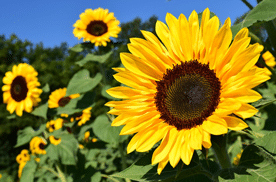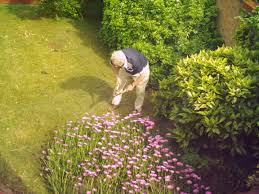1
Know Your Region
It may sound obvious, but not whatever grows all over, so what you plant is figured out by where you live. Talk to someone who works at your regional garden center about the finest native plants for your region, says Chris Lambton, expert landscaper and host of Do It Yourself Network’s Lawn Crashers.
Westend61/Getty Images
2
Test Your Soil
The results will tell you how acidic or alkaline your soil is, which affects how plants soak up nutrients. Because various plants grow finest in various pH levels, this test will assist you choose what to plant or show how you must treat the soil.
“If your soil is incredibly difficult or clay-like, it will be tough for the majority of plants to grow roots. Add fresh soil, mulch, and compost, being mindful to aerate as much and as deep a location as you can previously planting.”
3
Start With “Easy” Plants

Sunflowers are likewise a good alternative, because they grow quickly and tall, or try easy-to-grow ferns– both of these can be grown all across the United States. “It may make you want to move on to more complex plants.”
4
Create a Strategy
To avoid crowding, Sullivan recommends researching your plants first so you understand exactly how big they will get and how to area them out accordingly. “Typically perennials, plants that live for more than two years, ought to be spaced roughly 18 inches apart,” says Dailey. “This enables sufficient space for new development and will generally make the garden appearance filled right now.”
It’s also essential to know how high your plants will grow, he says. “Much shorter and sneaking ones must be planted toward the front and edges of the garden bed, with the taller plants in the back.” This is where learning about sun direct exposure can be found in convenient– bear in mind taller plants that would obstruct smaller sized ones, or the varieties that prefer a lot of sun or shade.
